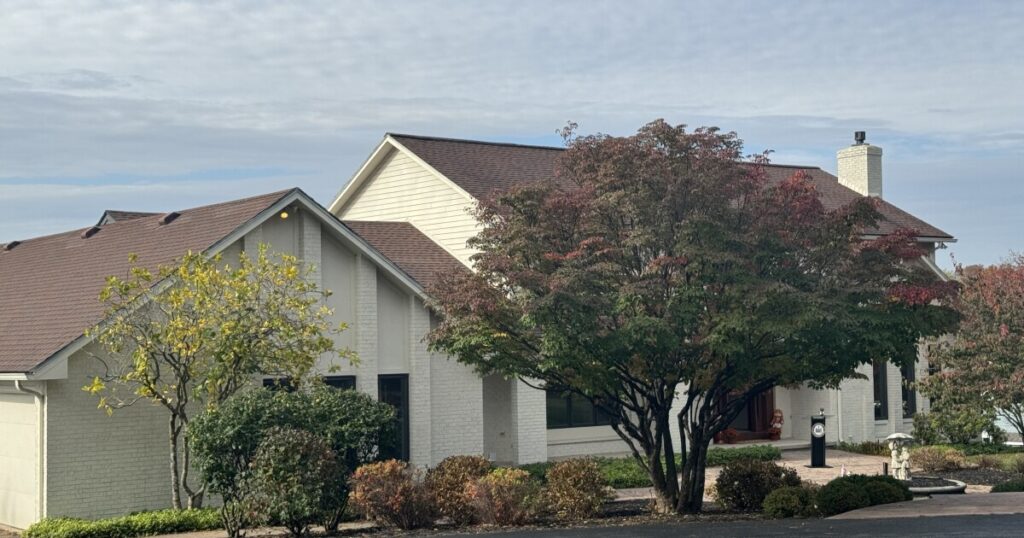When Alyssa Morales was in middle school, she took up cross country running. Eager to become a better athlete, she decided to make some lifestyle changes, like changing how she ate.
“So I could run faster,” she said. “But then I lost too much weight, and I started to isolate.”
Morales’ parents noticed the changes in their daughter’s appearance and behavior. Concerned, they brought her to a doctor.
Their fears were true. Twelve-year-old Alyssa was developing an eating disorder —anorexia nervosa was the doctor’s diagnosis.
Initially, Morales said she experienced denial about her condition. But she was also relieved.
“I could feel myself really struggling,” she said. “As a child, it’s hard to communicate when you’re struggling, but especially when it’s something so big that you don’t have language for. It (the diagnosis) gave me that language.”
In the United States, roughly 10 in 100 young women suffer from an eating disorder, according to the American Academy of Child and Adolescent Psychiatry. With comprehensive treatment, most adolescents can recover. The care sometimes includes some time spent at a residential treatment facility.

Alyssa Morales was diagnosed with anorexia at age 12. Now, at age 26, she is able to witness the start of Upstates’ first Adolescent Eating Disorder Residential Treatment Facility.
For local teens, though, accessing this home-like treatment means traveling at least five hours outside of the region or to another state. That was the case for Morales.
“It was extremely scary,” Morales said about those trips. “It was a huge disrupter to my recovery, to my family stability, and I just remember being terrified.”
Experiences like that have led political and community health care leaders to seek funding for an upstate residential treatment facility.
On Friday, plans were announced for the Upstate Adolescent Eating Disorder Residential Treatment Facility, which will be on Mendon Road in Pittsford. The facility will allow for around-the-clock care in a home-like setting, officials said.
Assemblymember Jen Lunsford secured $80,000 in state funding to help bring the $1.5 million project to fruition.
“Here they will be able to learn how to cook for themselves, how to portion for themselves, how to better control their emotions around food and the relationship to it with other people,” Lunsford said. “I think that’s incredibly critical.”
The residential hall will consist of five bedrooms, with two teens to a room. Patients will be able to stay for up to a month, with access to their families and their same providers.
“Ambiguity, unpredictability and uncertainty are not the friends of folks with eating disorders; it can create a lapse or relapse,” said Dr. Mary Tantillo, director of the Western New York Comprehensive Care Center for Eating Disorders. “We want to move people continuously across all levels of care with the same health care team.”
Tantillo said a third of the funding is still needed to complete the project, but she hopes the facility will open by next summer.
Morales said she is still in recovery at age 26, and she’s thrilled that teenagers will now be able to attain residential care in their own backyard.
“Healing is possible for everyone, and we have the right to access it in this community,” she said.

